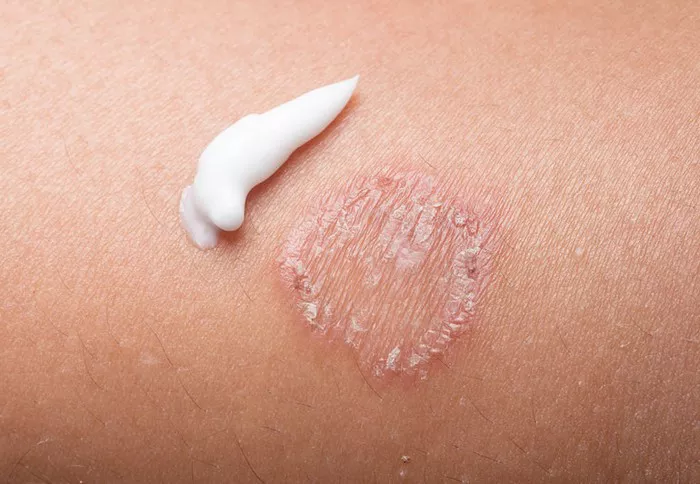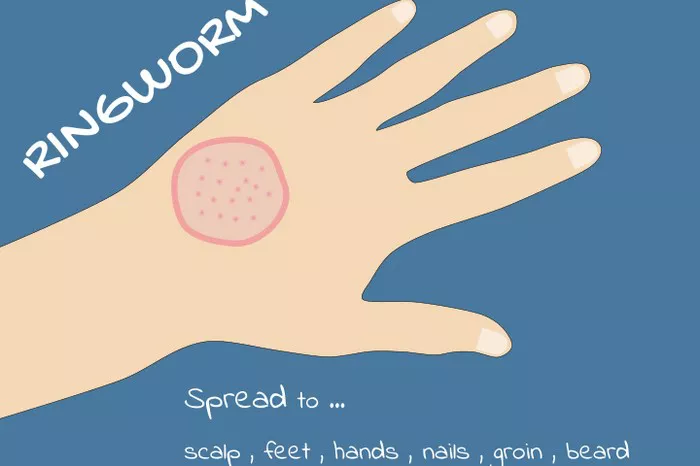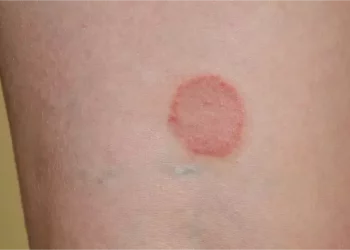Ringworm, despite its name, is not caused by worms. Rather, it is a common fungal infection that affects the skin, scalp, and nails. However, there is often confusion regarding its etiology—is ringworm caused by a virus or bacteria? This question has stirred debates among both healthcare professionals and the general public. In order to unravel this mystery, it is imperative to delve deep into the scientific understanding of ringworm, its causes, and the microorganisms responsible for its onset.
Ringworm, known scientifically as dermatophytosis, is caused by a group of fungi known as dermatophytes. These fungi thrive on keratin, a protein found in the outer layer of the skin, hair, and nails. Despite its name, ringworm doesn’t involve any worms; rather, it manifests as circular, red, and scaly patches on the skin, resembling a ring. The infection can occur on various parts of the body, including the scalp (tinea capitis), body (tinea corporis), groin (tinea cruris or jock itch), feet (tinea pedis or athlete’s foot), and nails (tinea unguium or onychomycosis).
The Fungal Culprits: Understanding Dermatophytes
Dermatophytes are the primary perpetrators behind ringworm infections. These fungi belong to three genera: Trichophyton, Microsporum, and Epidermophyton. Each genus has species that exhibit specific preferences for the sites of infection and the populations they affect.
Among the most common dermatophytes are Trichophyton rubrum and Trichophyton mentagrophytes, which are responsible for the majority of cases of ringworm worldwide. Microsporum canis is another significant species, particularly associated with infections transmitted from animals to humans.
Dispelling the Myths: Viral and Bacterial Misconceptions
Contrary to common misconceptions, ringworm is neither caused by a virus nor bacteria. The confusion may stem from the misnomer “ringworm” itself, leading some to believe that it involves worms or other types of pathogens. However, ringworm is strictly a fungal infection.
Viruses and bacteria are distinct from fungi in terms of their biological structure, mode of reproduction, and the diseases they cause. While viruses are intracellular parasites that require a host cell to replicate, bacteria are single-celled organisms capable of independent growth and reproduction. Fungi, including dermatophytes responsible for ringworm, are eukaryotic organisms that can exist as single-celled yeasts or multicellular molds.
Diagnostic Dilemmas: Differentiating Between Fungal, Viral, and Bacterial Infections
In clinical practice, accurately diagnosing ringworm is crucial for effective treatment and prevention of its spread. Distinguishing between fungal, viral, and bacterial infections is pivotal, as each requires different treatment approaches.
Fungal infections like ringworm are often diagnosed through clinical examination, microscopic examination of skin scrapings or nail clippings, and fungal culture. Characteristic features such as the presence of a ring-shaped rash, scaling, and itching aid in clinical diagnosis.
In contrast, viral infections typically present with distinct clinical features and may require specific laboratory tests for confirmation. For instance, herpes simplex virus (HSV) infections often manifest as grouped vesicles on an erythematous base, while varicella-zoster virus (VZV) infections present with a vesicular rash in a dermatomal distribution.
Bacterial infections, on the other hand, may exhibit symptoms such as localized inflammation, purulent discharge, and systemic signs of infection. Diagnostic methods for bacterial infections may include bacterial cultures, Gram staining, and serological tests to identify specific pathogens.
Treatment Strategies: Antifungals for Ringworm Management
Given that ringworm is caused by fungi, antifungal agents constitute the cornerstone of its treatment. Topical antifungals such as clotrimazole, miconazole, terbinafine, and ketoconazole are commonly used for superficial infections of the skin, scalp, and nails. These medications work by inhibiting the synthesis of ergosterol, a crucial component of fungal cell membranes, leading to cell death.
For more extensive or severe cases of ringworm, oral antifungal medications may be prescribed. These systemic agents, including fluconazole, itraconazole, and griseofulvin, penetrate deeper tissues and are effective against a broader spectrum of fungal species.
In addition to pharmacological interventions, maintaining good hygiene practices, avoiding sharing personal items, and minimizing contact with infected individuals or animals are essential for preventing the spread of ringworm.
Conclusion
In conclusion, ringworm is unequivocally caused by fungi, specifically dermatophytes belonging to the genera Trichophyton, Microsporum, and Epidermophyton. Despite its misleading name, ringworm has no association with worms, viruses, or bacteria. Understanding the microbial etiology of ringworm is crucial for accurate diagnosis and appropriate management strategies. By dispelling misconceptions and promoting awareness of its fungal origin, healthcare professionals can effectively combat ringworm infections and minimize their impact on individuals and communities.























